Past Events
Interested in Cotsen events? Sign up for our mailing list.SPEAKER:
Rosemary A. Joyce
Professor and Chair of Anthropology
University of California, Berkeley
This talk builds on feminist scholarship criticizing a tacit distinction between household labor (as intimate, domestic, and ruled only by naturalized relations of sex and age) and extra-domestic labor to help advance understanding of gender and labor in societies of ancient Central America. Household production, the role of specific products of women's labor as standards of value and media of exchange, and the role of indigenous ontologies in which material animacy and animating spirits occupied central places in exchanges we might otherwise think of as economic will be considered.
Full abstract:
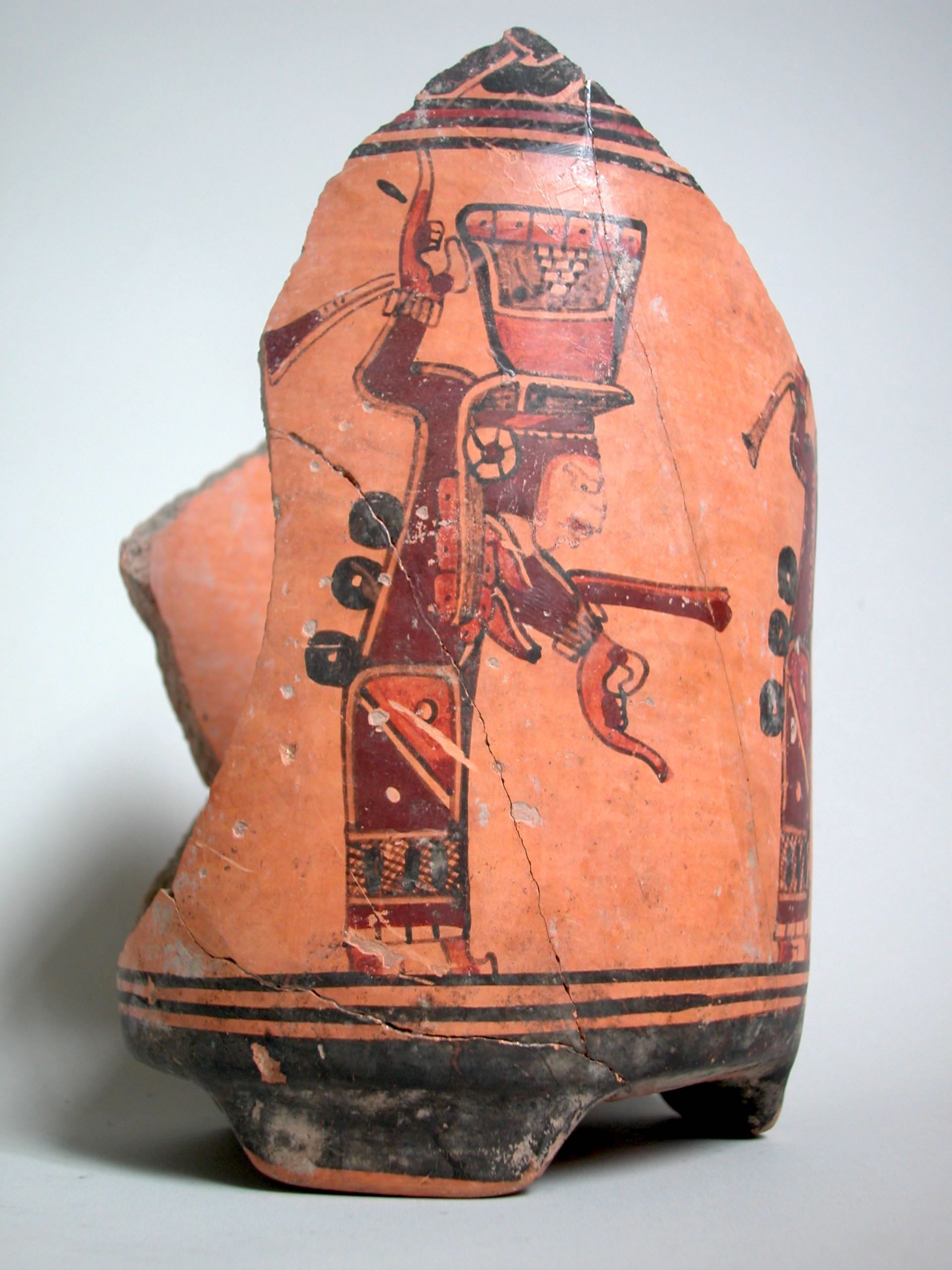 As renewed interest in inequality sparks a turn to the archaeologically documented past as a source of data for generalizing models explaining the roots of the contemporary economic reality, it is worth pausing to question how pasts that were shaped under far different social conditions can be treated as equivalent to the contemporary world of nation states and global economies. In this paper, I examine three sources of incommensurability that should be taken into account in any attempt to think from the past of economic relations to the present. The first of these examines how labor is conceived of, counted, and understood in these different situations. As feminist scholars of the contemporary economy have long noted, large areas of economic activity by women are routinely excluded in modern analyses. Such household maintenance work rests on a tacit distinction between household labor (as intimate, domestic, and ruled only by naturalized relations of sex and age) and extra-domestic labor. For the societies of ancient Central America, such a division simply did not exist. Not only did a large part of the organization of agricultural labor build on household relations; women's specialist craft production, in particular, was critical to economic relations. This leads to the second aspect of incommensurability that I consider: the identification and mobilization of standards of value and exchange. In these societies, cloth produced by women working in domestic spaces was one of the enduring standards of value, specifically important in tribute payments that established and perpetuated political hierarchies. Cloth's use in this fashion cannot be disentangled from the social relations in which it was embedded. Nor can the social relations which gave value to other key media used to measure value in economic exchanges be equated, even when the same social agents, women, have key roles in production, for example, in the cultivation of cacao, a second standard of value. By considering these two media, and the way that they relate to women's economic activities extending from domestic space to cosmopolitan marketplaces, I identify a third contradiction to conceptualizing the ancestral Central American economy in terms drawn from the current situation: the important of ideologies of material animacy and the role of animating spirits in exchanges we might otherwise think of as economic.
As renewed interest in inequality sparks a turn to the archaeologically documented past as a source of data for generalizing models explaining the roots of the contemporary economic reality, it is worth pausing to question how pasts that were shaped under far different social conditions can be treated as equivalent to the contemporary world of nation states and global economies. In this paper, I examine three sources of incommensurability that should be taken into account in any attempt to think from the past of economic relations to the present. The first of these examines how labor is conceived of, counted, and understood in these different situations. As feminist scholars of the contemporary economy have long noted, large areas of economic activity by women are routinely excluded in modern analyses. Such household maintenance work rests on a tacit distinction between household labor (as intimate, domestic, and ruled only by naturalized relations of sex and age) and extra-domestic labor. For the societies of ancient Central America, such a division simply did not exist. Not only did a large part of the organization of agricultural labor build on household relations; women's specialist craft production, in particular, was critical to economic relations. This leads to the second aspect of incommensurability that I consider: the identification and mobilization of standards of value and exchange. In these societies, cloth produced by women working in domestic spaces was one of the enduring standards of value, specifically important in tribute payments that established and perpetuated political hierarchies. Cloth's use in this fashion cannot be disentangled from the social relations in which it was embedded. Nor can the social relations which gave value to other key media used to measure value in economic exchanges be equated, even when the same social agents, women, have key roles in production, for example, in the cultivation of cacao, a second standard of value. By considering these two media, and the way that they relate to women's economic activities extending from domestic space to cosmopolitan marketplaces, I identify a third contradiction to conceptualizing the ancestral Central American economy in terms drawn from the current situation: the important of ideologies of material animacy and the role of animating spirits in exchanges we might otherwise think of as economic.
Register for this Cotsen Virtual Pizza Talk here! You will receive instructions on viewing the talk after registering.
Contact Michelle Jacobson
Email mjacobson@ioa.ucla.edu
Phone
SPEAKER:
Alessandro Vanzetti
University of Rome “La Sapienza”, Italy
Associate Professor in Pre- & Protohistory
Short-term Visiting Scholar
The lecture will present the main evidence for the symbolic representation of the celestial domain in the European Bronze Age, with some extension to the former Late Neolithic (also named Copper Age) and to the ensuing Iron Age. An iconographic analysis is necessary in order to decode (or try to) the representations.
In order to do it, we should consider the way in which 3-dimensional space is represented, for the production of symbolic images.
The discussion involves both phenomenological, conceptual, cognitive and religious aspects, often difficult to disentangle.
A simple grammar of the representations, of their rules and occurrences, can help, but it is still only a starting point for further insights
Register for this Cotsen Virtual Pizza Talk here! You will receive instructions on viewing the talk after registering.
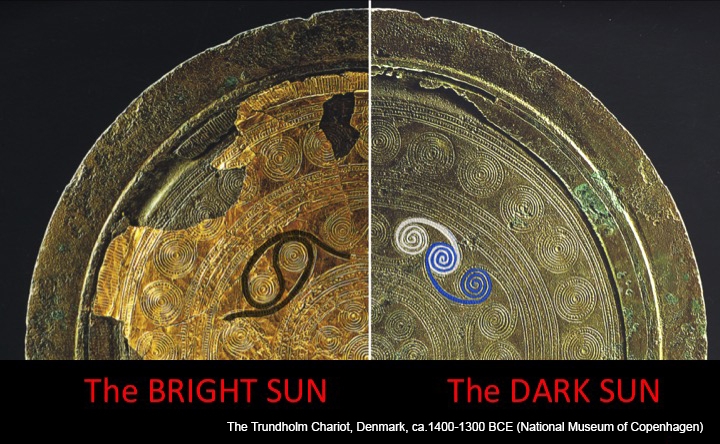
Contact Michelle Jacobson
Email mjacobson@ioa.ucla.edu
Phone
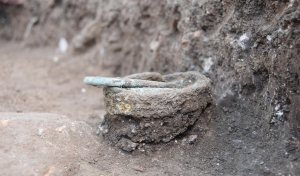 SPEAKER:
SPEAKER:
Dr. Willeke Wendrich
Professor, Dept. of Near Eastern Language and Cultures
Director, Cotsen Institute of Archaeology
UCLA
After five years of work in Ethiopia the UCLA Shire Archaeological Project has established close collaborations with four Ethiopian universities, national, regional and local offices and the population living around the site of Mai Adrasha. In December 2019 this culminated in a workshop to discuss the future of the archaeological site of Mai Adrasha. I will discuss the results of the excavations and survey in the tension field of different ideas and interests in both the past and the future.
Register for this Cotsen Virtual Pizza Talk here! You will recieve instructions on viewing the talk after registering.
Contact Michelle Jacobson
Email mjacobson@ioa.ucla.edu
Phone
In 354 B.C., the ancient city of Methone, a close ally of Athens, was besieged by Philip II, the father of Alexander the Great. In the course of the siege, Philip not only destroyed the city, but he famously lost his right eye, struck by an arrow or bolt from Asteros of Methone. Excavations at the site by the Ephoria of Pieria since 2003, and as a collaboration between the Ephoria and UCLA under the auspices of the American School of Classical Studies in Athens since 2014, have uncovered a thriving settlement, continuously occupied since the Late Neolithic period. Methone: the Movie, shot during the last season of fieldwork in 2017, tells the story of Methone and its excavation.
Register for the first Cotsen Virtual Pizza Talk here! You will recieve instructions on viewing the talk after registering.
Contact Michelle Jacobson
Email mjacobson@ioa.ucla.edu
Phone
Due to the evolving public health situation surrounding COVID-19 this event has been cancelled. The well-being of our Cotsen community and all attendees at our events is of the highest importance to us.
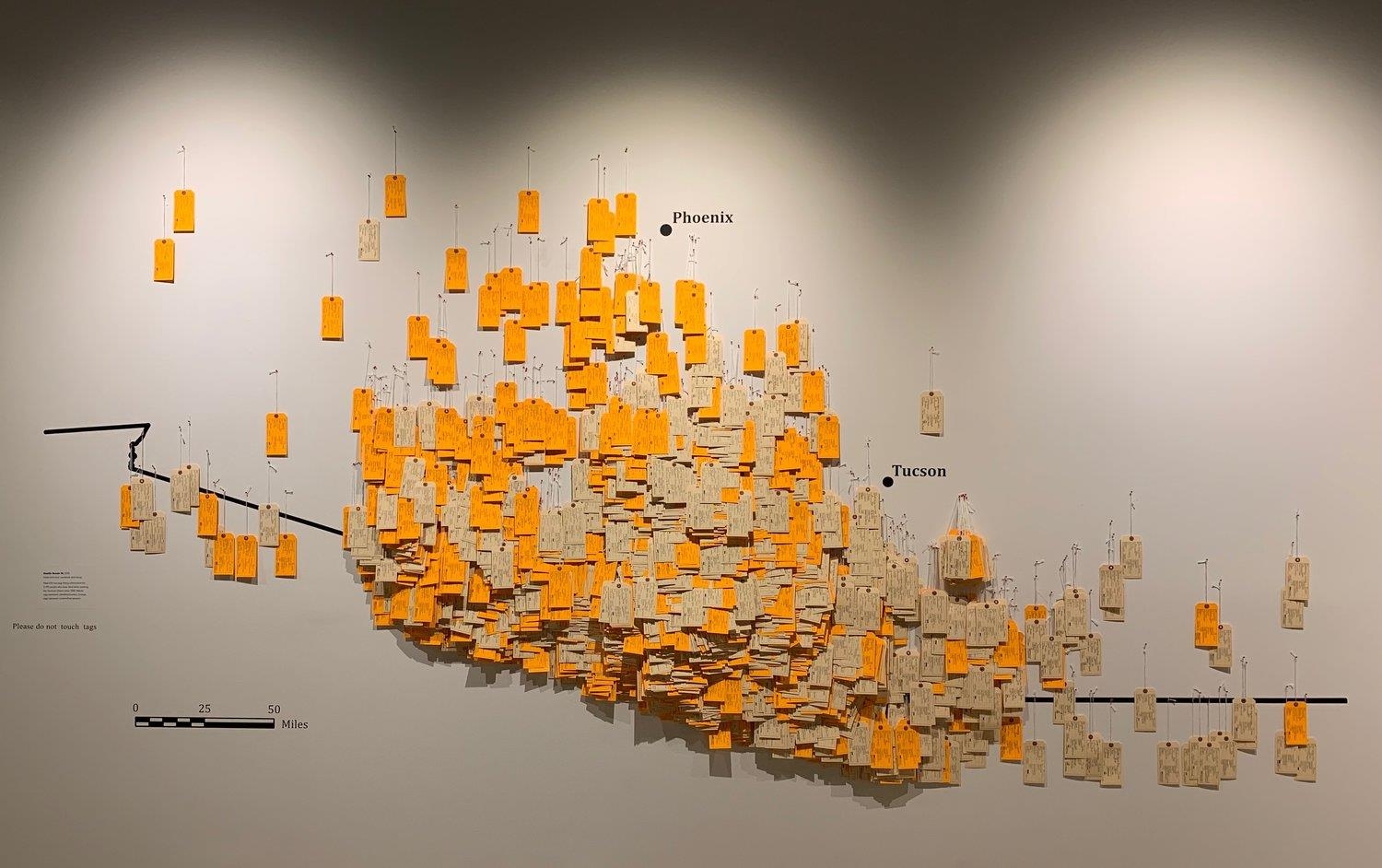
SPEAKERS:
Dr. Jason De León
Professor
UCLA Department of Anthropology
Austin Shipman
Program Manager for the Undocumented Migration Project
Gabe Canter and Nicole Smith
Exhibition Coordinators for Hostile Terrain 94
ABSTRACT:
In 1994 the U.S. Border Patrol launched the immigration enforcement strategy known as “Prevention Through Deterrence.” This was a policy designed to discourage undocumented migrants from attempting to cross the border near urban ports-of-entry. With traditional crossing points closed off, it was expected that people would attempt to cross the border in more remote and depopulated regions where the natural environment would act as a deterrent to movement. It was anticipated that the difficulties people experienced while hiking dozens of miles across what the Border Patrol deemed the “hostile terrain” of places like the Sonoran Desert of Arizona would discourage migrants from attempting the journey. This strategy failed to deter border crossers. Instead, more than six million people have attempted to migrate through the Sonoran desert of Southern Arizona since 2000 and at least 3,199 people have died enroute. In the fall of 2020, the pop-up installation “Hostile Terrain 94” (HT94), designed by the Undocumented Migration Project, will be realized simultaneously in 150 locations around the globe. These installations are 25 foot long maps of the Arizona/Mexico border with ~3200 hand written toe tags representing the recovered bodies of people who have died between 2000 and 2020. In this talk we outline the development of this global exhibition, highlight our model for public facing anthropological work, and discuss the political and cultural implications of trying to visualize this type of archaeological and forensic data for a global audience.
Contact Sumiji Takahashi
Email sutakahashi@ioa.ucla.edu
Phone 310-825-4169
SPEAKER: 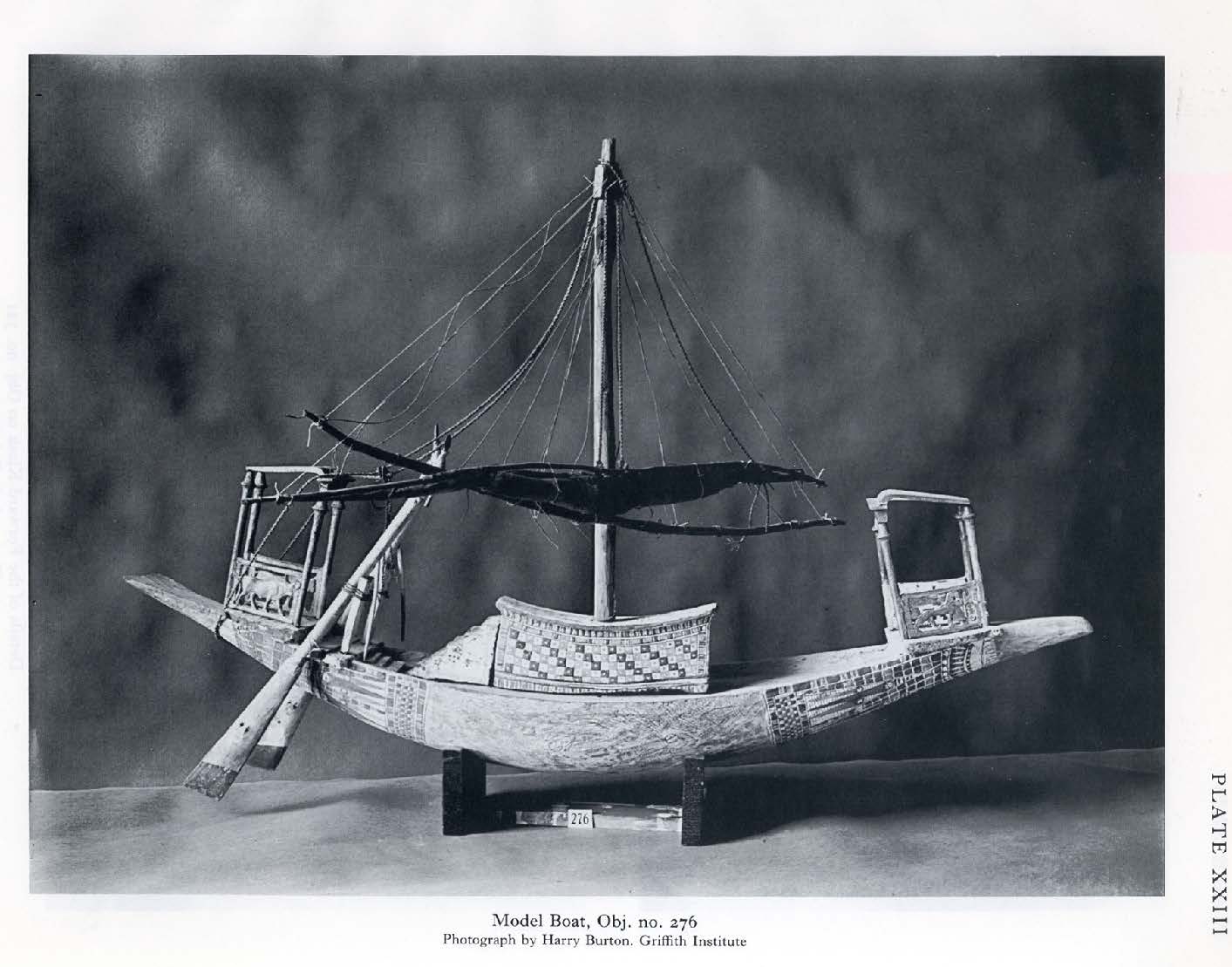
Dr. Caroline Sauvage
Associate Professor
Loyola Marymount University
Bellarmine College of Liberal Arts
ABSTRACT:
Sails were one of the most important fitting of Late Bronze Age ships, and yet, they are understudied because of the lack of archaeological remains. Although iconography has been largely scrutinized to gain knowledge concerning the shape of sails, their use and their riggings, sail manufacture has not yet been investigated properly. Tools for the production of textiles attest to their diverse forms and places of production, as well as to the types and dimensions of fabrics being produced, and the types of fibers being used. This talk proposes to address the question of sail manufacture throughout the eastern Mediterranean by studying textile tools within their archaeological coastal contexts, by exploring the necessary resources, skills and labor time, as well as by looking at ancient texts from the Aegean, the Levant and Egypt. We will include data from experimental archaeology used in maritime archaeology and in textile research in order to assess the logistics of sail production in the Late Bronze Mediterranean.
Contact Sumiji Takahashi
Email sutakahashi@ioa.ucla.edu
Phone 310-825-4169
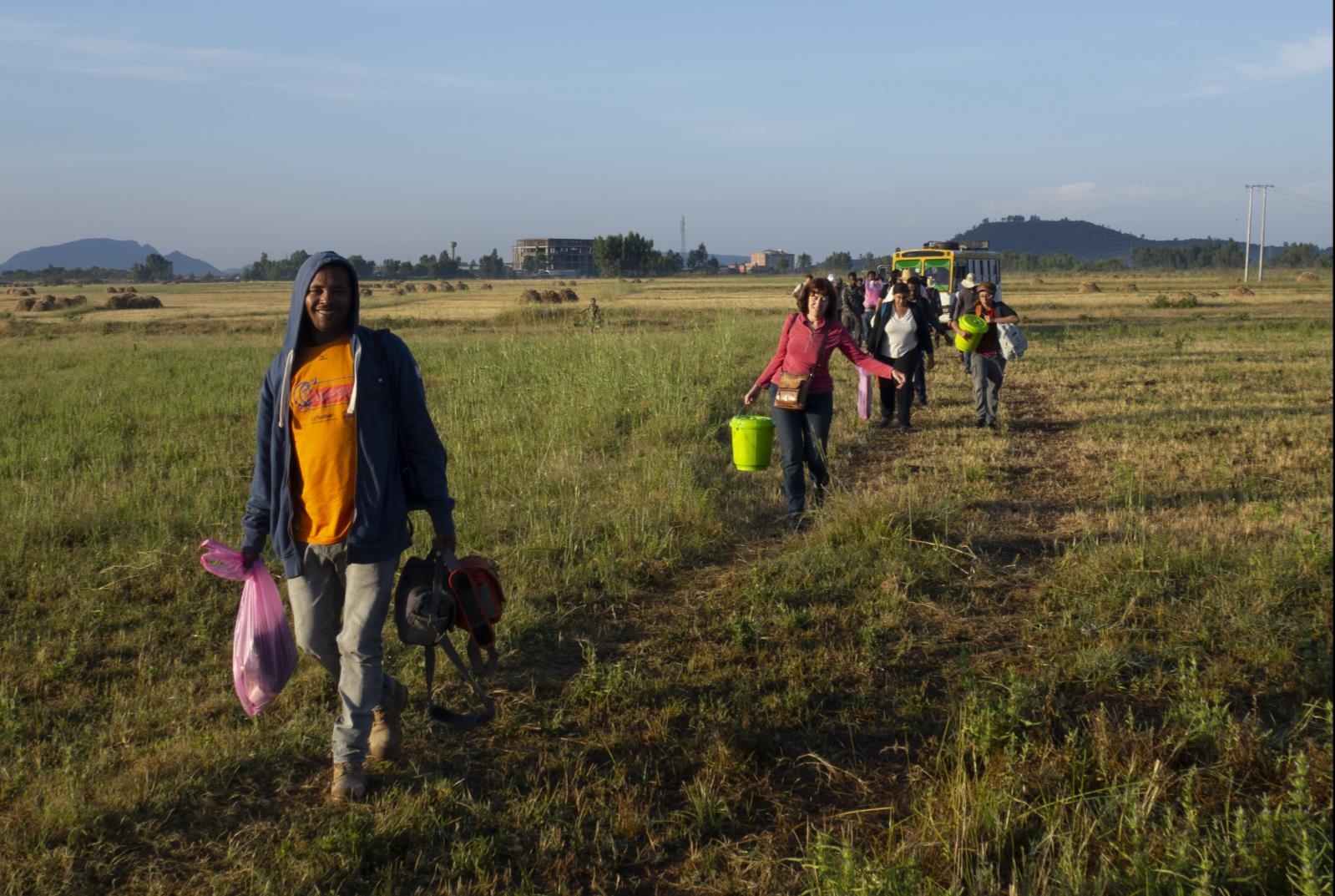
SPEAKER:
Dr. Willeke Wendrich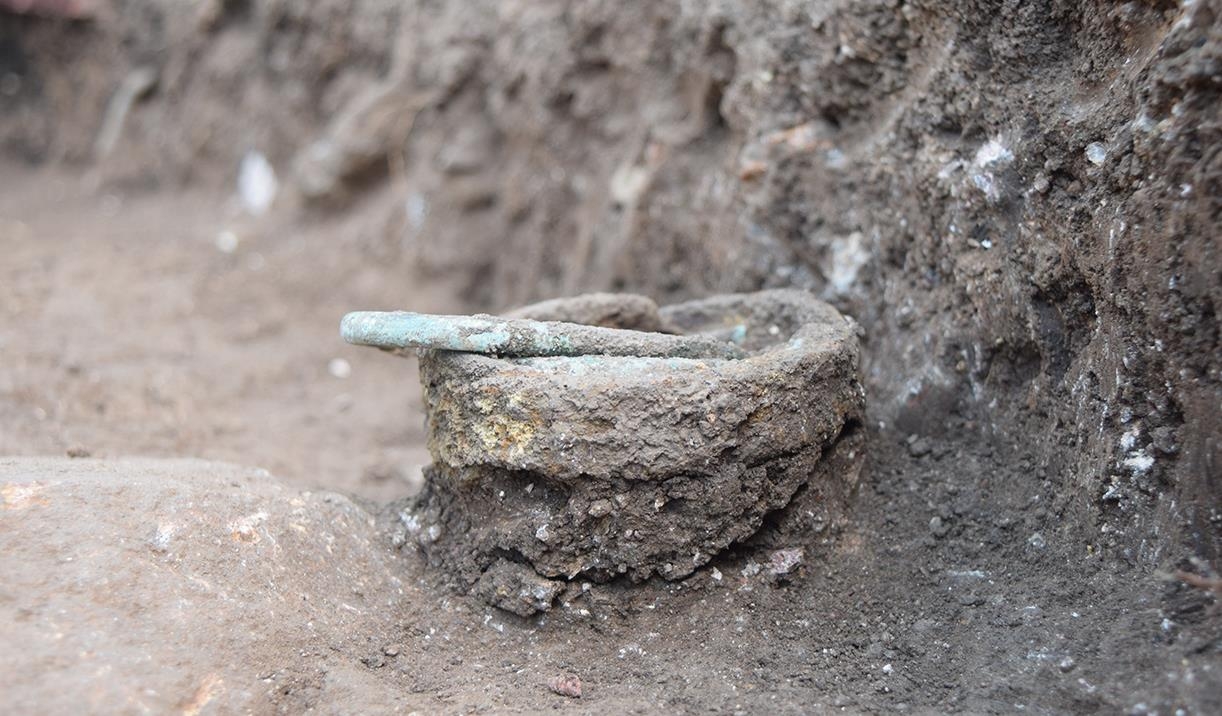
Professor
Dept. of Near Eastern Language and Cultures
UCLA
ABSTRACT:
After five years of work in Ethiopia the UCLA Shire Archaeological Project has established close collaborations with four Ethiopian universities, national, regional and local offices and the population living around the site of Mai Adrasha. In December 2019 this culminated in a workshop to discuss the future of the archaeological site of Mai Adrasha. I will discuss the results of the excavations and survey in the tension field of different ideas and interests in both the past and the future.
Contact Sumiji Takahashi
Email sutakahashi@ioa.ucla.edu
Phone 310-825-4169
SPEAKER:
Dr. Richard Hansen
Adjunct Professor
Department of Anthropology
University of Utah
ABSTRACT:
Excavations over four decades in the Mirador Basin have revealed perspectives of the origins, dynamics, and demographic collapse of the Preclassic Maya societies that flourished in northern Guatemala and southern Campeche, Mexico. The identifications of the social, political, and economic catalysts that created the cultural complexities in the Maya Lowlands have allowed new explanatory models responsible for the rise of cultural complexity during the Middle and Late Preclassic periods of Maya civilization (1000 BC-A.D. 150). Mapping and excavations in 51 ancient cities of various sizes throughout the entirety of the Basin have also revealed the ideological, logistical and economic dynamics that created a homogeneous society that merged to form one of the earliest state level societies in the Western Hemisphere. Yet, even in light of the economic, political, and ideological complexities of the Preclassic Maya in the Mirador Basin, a series of multicausal factors contributed to the long term demographic collapse of civilization in the area. The synthesis of the entire panorama of cultural process in the Mirador Basin provides new understandings of the saga of humanity found in emergent Maya civilization that is now being revealed for the first time.
Contact Sumiji Takahashi
Email sutakahashi@ioa.ucla.edu
Phone 310-825-4169
SPEAKER: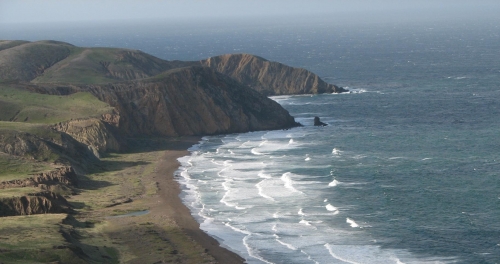
Dr. Amy E. Guisick
Associate Curator
National History Museum of Los Angeles County
ABSTRACT:
Methodological advances and innovative research are reshaping how we look for and understand human dispersals and adaptations on maritime landscapes. Refinements in paleoenvironmental reconstructions and search techniques have resulted in discoveries that challenge outdated theories of island and coastal regions as marginal to human migration, settlement, and subsistence. The Northern Channel Islands of California have become a focal point for this maritime research as new discoveries have shown this region to be integral for understanding initial human dispersals and early occupations in the New World. This region has also become a proving ground for methodological advances that are refining how we integrate land- and seabased data into project designs that recognize both the landscape and seascape as a complex maritime space integral to maritime societies. Recent research has focused on the terrestrial and submerged portions of the island landscape that were intact and subaerial during initial human dispersal to the islands and during the late Pleistocene and early Holocene island occupations. By integrating paleoenvironmental reconstructions, archaeology, historical ecology, and terrestrial and marine geology researchers are striving to recreate the paleoenvironment and paleolandscape present during initial island occupations. These data may be critical to clarify early island colonization and adaptions strategies of the first Americans.
Contact Sumiji Takahashi
Email sutakahashi@ioa.ucla.edu
Phone 310-825-4169
SPEAKER: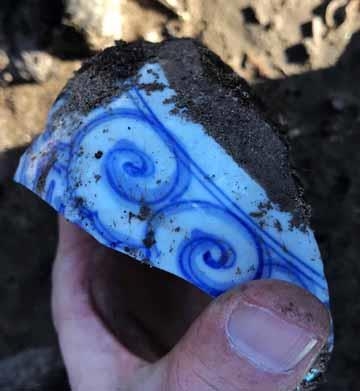
James E. Snead
Professor
Department of Anthropology
Cal State Northridge
ABSTACT:
Historical archaeology in the western United States has traditionally focused on either the colonial-era "missions" or 19th century mining sites in remote locations. Recently, however, historical archaeology itself has undergone a major conceptual shift, emphasizing the ways that the study of material culture can shed light on a wide range of historical topics dating to relatively recent times. These often bear on contemporary social issues, including ethnicity, identity, labor, and heritage. The diverse communities of Los Angeles present a remarkable template for such research: this talk will describe current scholarship at CSUN focusing on specific "lost narratives" of the city's post-1850s inhabitants as examined through archaeology. Particular emphasis will be placed on the dynamics of "community engagement" that are the organizational center of these efforts.
Contact Sumiji Takahashi
Email sutakahashi@ioa.ucla.edu
Phone 310-825-4169
- ‹ previous
- 9 of 21
- next ›
